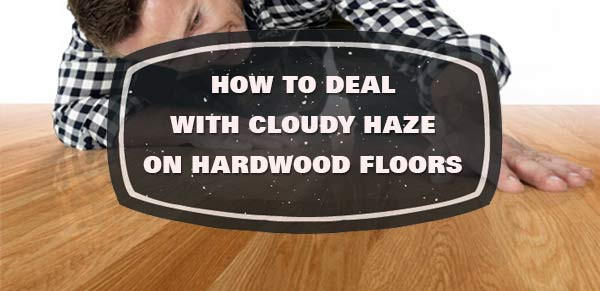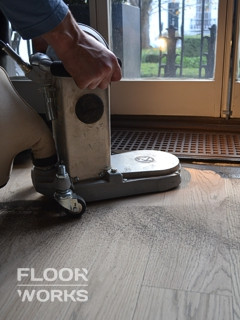How moisture affects wooden floors
Moisture and humidity problems are a common challenge for real wood floors. Do not neglect them and learn how to prevent them from the following article.

If you are familiar with wooden floors and own at least one, you are probably familiar with the fact that moisture and humidity are considered to be the most serious enemies of wood. In fact, this is the truth, but this does not mean that there is no way you can prevent moisture and humidity seriously affecting the condition and appearance of your real wood flooring. Of course, there are ways to prevent damages and permanent issues and imperfections, but you need to be prepared with the proper respond to the situation.
How is the appearance of wooden flooring affected by Moisture?
Parquet, solid wood and engineered wood floors are natural wood products. Even when cut into floorboards, wood is still a natural material and it has a natural respond to its environment. When the environment changes dramatically, the wood starts changing, often dramatically too. Wood has a porous structure that is mainly strongly affected by moisture, humidity and regular and high-temperature changes. In cases of higher indoor humidity, or moisture issues, the wood starts struggling. The floorboards start to “move”, which is the natural respond of wood to the changes in nature. The “movement” consists of contracting and expanding of the floorboards. Most of the time, this is not something you should really worry about because, in most of the cases, wood has a control over this movement, it is its natural way to prevent serious issues and floorboards get back in their initial shape quickly. However, it also happens that wood cannot overcome these problems and start struggling with serious issues and imperfections.
One of the most common issues your wooden floor might start struggling with due to moisture and humidity are loose and broken floorboards, weakened floorboards glue, popping nail heads, ballooning, chipped or distressed finish and a lot more. As you can see, these are some major issues that require major repairs that often take a lot of time and energy, they are pretty expensive and overall stressful.
Moisture problems might be caused by many reasons and things. For example, problems with a leaking roof as well as other types of leaks, issues with pipes under your already fitted wooden floor, serious spills of liquids and more could cause some serious challenges for the flawless condition and appearance of your wooden floor. However, one of the most popular reason causing such problems come from the subfloor. Since one of the most popular types of subfloors is concrete ones, moisture problems are something you definitely need to pay attention to and monitor, because of concrete subfloors, especially in new houses, often have high moisture levels.
How to prevent & deal with wood floor moisture issues?
One of the most important and crucial things you need to do, in order to ensure that your wooden floor is not going to struggle with moisture issues is letting the newly purchased floorboards acclimatise to their new environment. As we have already mentioned, even when cut into floorboards, wood is still responding to its environment and changes in the environment. When leaving the factory and being transported and delivered to your home, your new wooden floor needs to get used to the environment of the house. This is easily achieved by leaving the flooring materials out of their packaging in the room, where the installation is planned, for a few days and then carry out with the installation. This might sound like not necessarily a very important step of the installation process, but do not get fooled, its is not only an important one but also crucial and will save you a lot of nerves and headache in future for sure.
Another important step of the installation process that can guarantee that your wooden floor is preserved from moisture issues and struggling with major issues is preparing the subfloor. As we have already mentioned, concrete subfloors are common ones and they often contain higher than recommended moisture levels. With time, the moisture from the concrete subfloor is going to slowly, but surely occur the condition of the floorboards, leading to serious issues. The best thing to being done is hiring a professional wood floor installation contractor that will carry out the job properly, including pay attention to the subfloor and making sure that it is dry enough for the installation of the floorboards to be carried out. Furthermore, you can consider the installation of an insulation layer underneath the wooden boards, which will work as a moisture barrier, preventing moisture from the concrete subfloor transferring to the floorboards.
However, moisture problems might happen, even if not caused by the subfloor and the lack of acclimatisation. In this case, the best thing to do is contacting a reliable and experienced wood flooring contractor that will identify the problem, evaluate the situation and decide what needs to be done next. Be sure to not try and deal with the problems yourself, because this might make things even worse. Wood floor problems are not something you need to neglect but don’t panic too, because in most cases every problem can be fixed. However, prevention is still something you need to be aware of and keep in mind.



